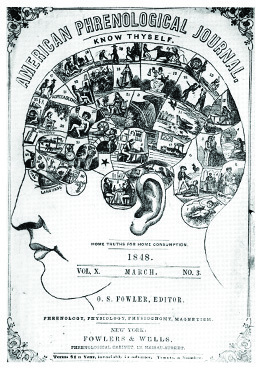| << Chapter < Page | Chapter >> Page > |
An 1839 Mississippi law, similar to Massachusetts’ original law, outlawed the sale of less than a gallon of liquor. Mississippi’s law illustrates the national popularity of temperance; regional differences notwithstanding, citizens in northern and southern states agreed on the issue of alcohol. Nonetheless, northern states pushed hardest for outlawing alcohol. Maine enacted the first statewide prohibition law in 1851. New England, New York, and states in the Midwest passed local laws in the 1850s, prohibiting the sale and manufacture of intoxicating beverages.
Beyond temperance, other reformers looked to ways to maintain and improve health in a rapidly changing world. Without professional medical organizations or standards, health reform went in many different directions; although the American Medical Association was formed in 1847, it did not have much power to oversee medical practices. Too often, quack doctors prescribed regimens and medicines that did far more harm that good.
Sylvester Graham stands out as a leading light among the health reformers in the antebellum years. A Presbyterian minister, Graham began his career as a reformer, lecturing against the evils of strong drink. He combined an interest in temperance with vegetarianism and sexuality into what he called a “Science of Human Life,” calling for a regimented diet of more vegetables, fruits, and grain, and no alcohol, meat, or spices.
Graham advocated baths and cleanliness in general to preserve health; hydropathy , or water cures for various ailments, became popular in the United States in the 1840s and 1850s. He also viewed masturbation and excessive sex as a cause of disease and debility. His ideas led him to create what he believed to be a perfect food that would maintain health: the Graham cracker, which he invented in 1829. Followers of Graham, known as Grahamites, established boardinghouses where lodgers followed the recommended strict diet and sexual regimen.
During the early nineteenth century, reformers also interested themselves in the workings of the mind in an effort to better understand the effects of a rapidly changing world awash with religious revivals and democratic movements. Phrenology —the mapping of the cranium to specific human attributes—stands as an early type of science, related to what would become psychology and devoted to understanding how the mind worked. Phrenologists believed that the mind contained thirty-seven “faculties,” the strengths or weaknesses of which could be determined by a close examination of the size and shape of the cranium ( [link] ).

Initially developed in Europe by Franz Joseph Gall, a German doctor, phrenology first came to the United States in the 1820s. In the 1830s and 1840s, it grew in popularity as lecturers crisscrossed the republic. It was sometimes used as an educational test, and like temperance, it also became a form of popular entertainment.
Map the brain! Check out all thirty-seven of phrenology’s purported faculties of the mind.
The popularity of phrenology offers us some insight into the emotional world of the antebellum United States. Its popularity speaks to the desire of those living in a rapidly changing society, where older ties to community and family were being challenged, to understand one another. It appeared to offer a way to quickly recognize an otherwise-unknown individual as a readily understood set of human faculties.
Reformers targeted vices that corrupted the human body and society: the individual and the national soul. For many, alcohol appeared to be the most destructive and widespread. Indeed, in the years before the Civil War, the United States appeared to be a republic of drunkenness to many. To combat this national substance abuse problem, reformers created a host of temperance organizations that first targeted the middle and upper classes, and then the working classes. Thanks to Sylvester Graham and other health reformers, exercise and fresh air, combined with a good diet, became fashionable. Phrenologists focused on revealing the secrets of the mind and personality. In a fast-paced world, phrenology offered the possibility of knowing different human characteristics.

Notification Switch
Would you like to follow the 'U.s. history' conversation and receive update notifications?